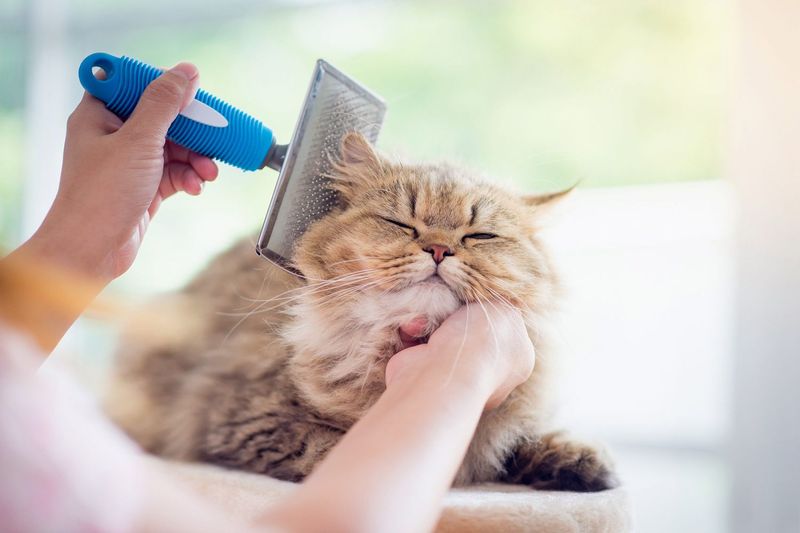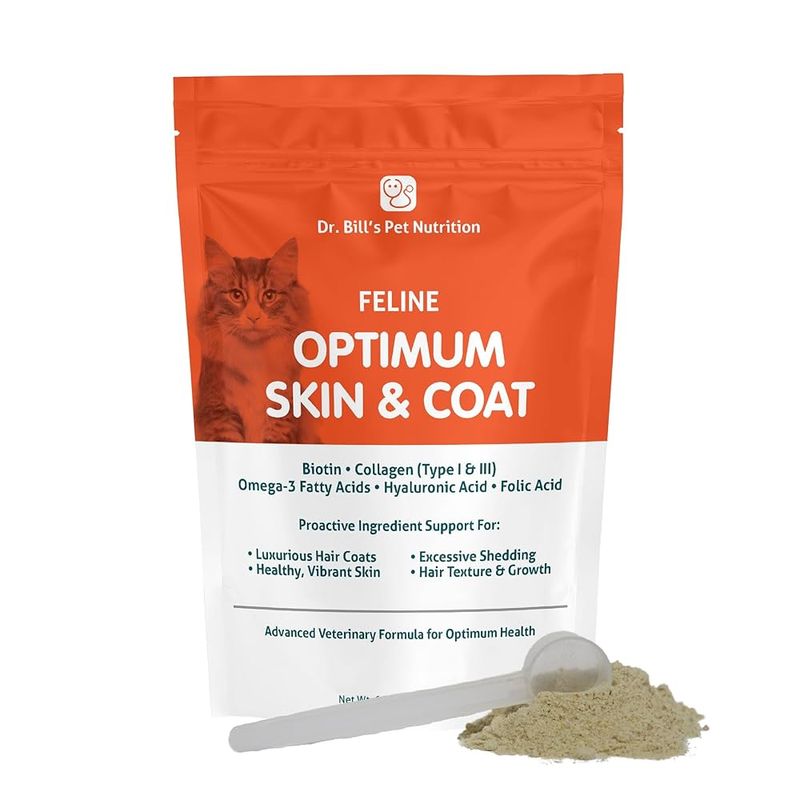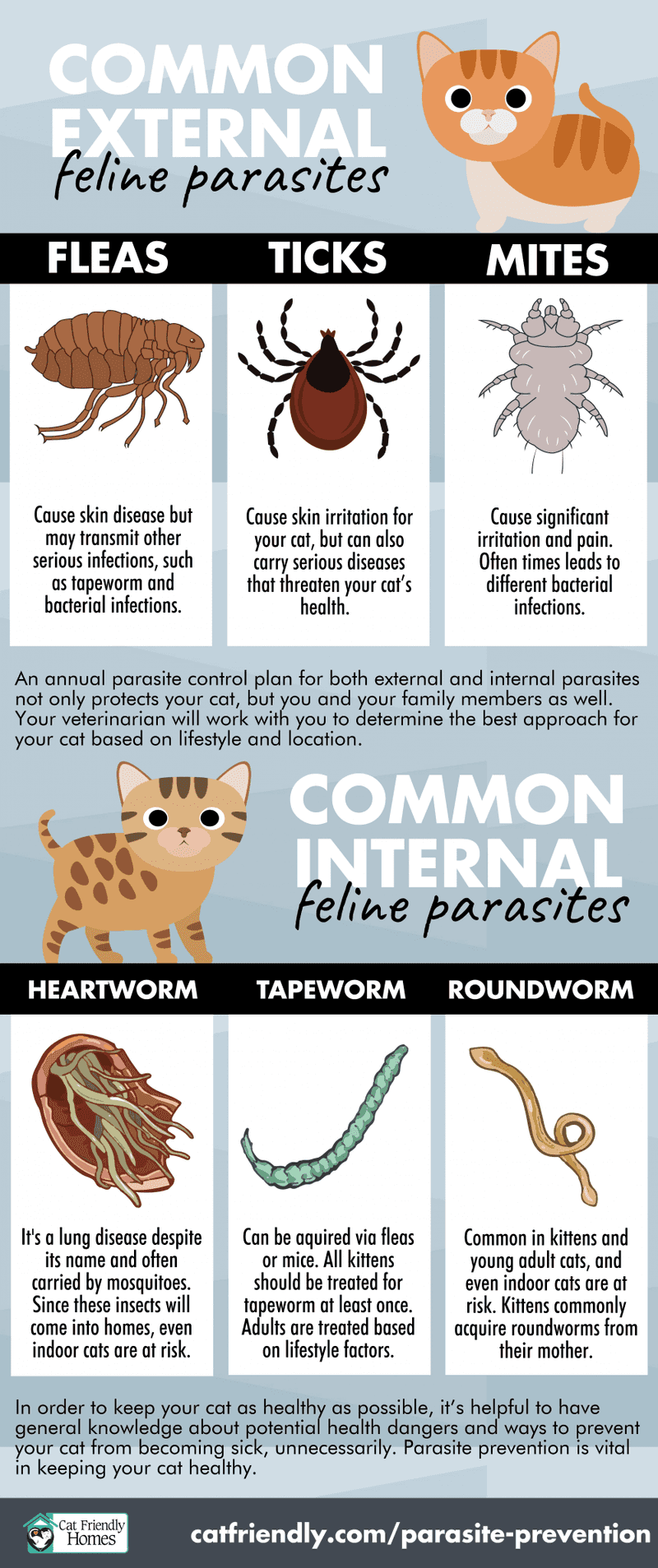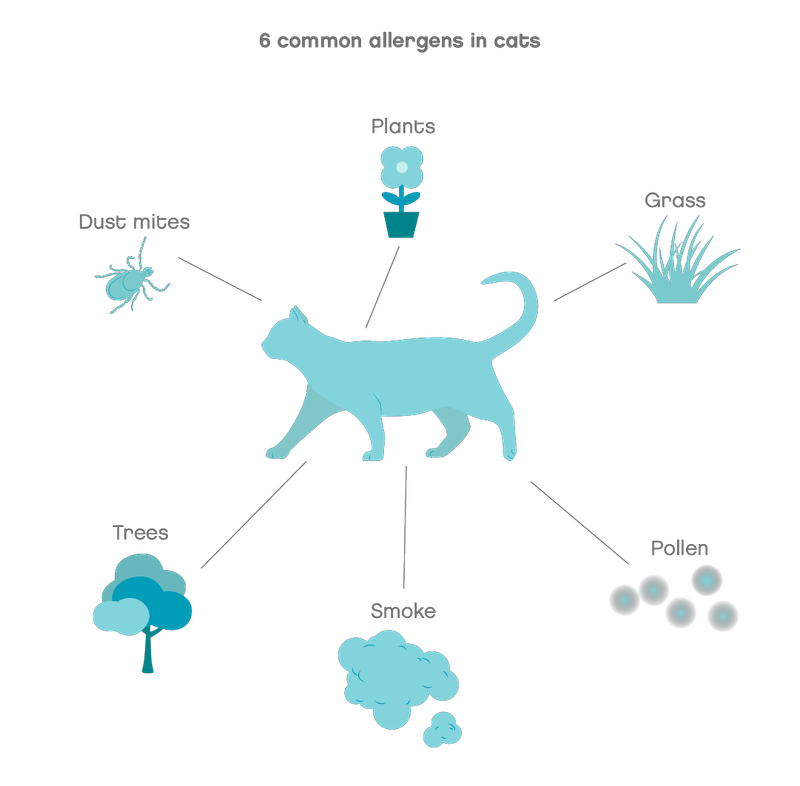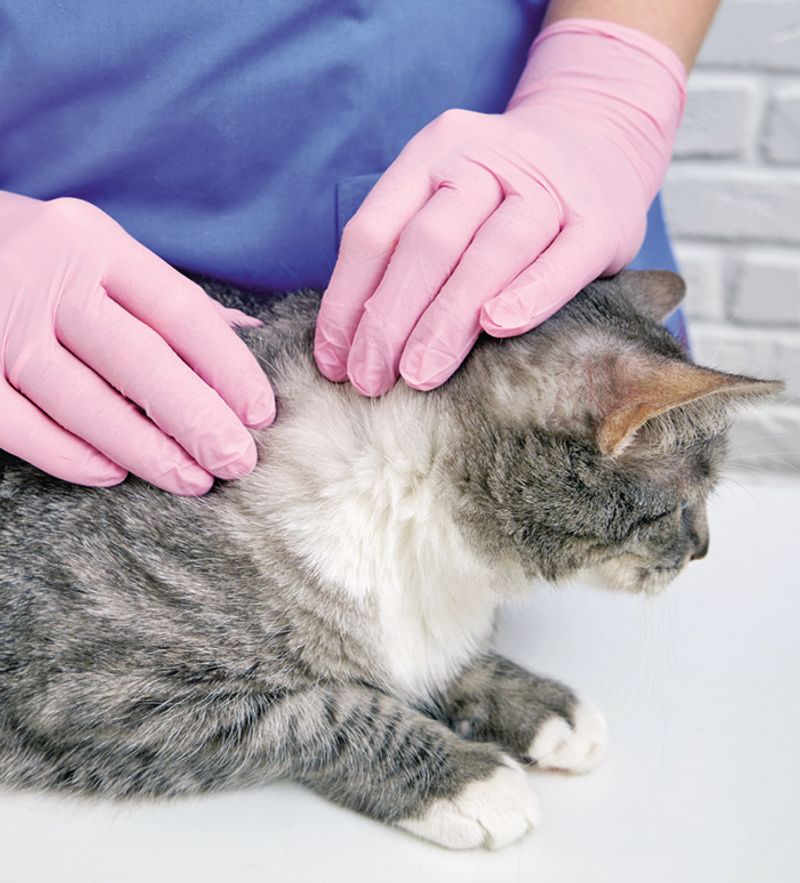📖 Table of Content:
Dry skin in cats can lead to discomfort and serious health problems if not addressed. Understanding the causes and implementing effective treatments can restore your cat’s skin health and improve their overall well-being. This article explores seven key factors contributing to dry skin in cats and offers practical solutions to help alleviate your pet’s symptoms.
1. Environmental Factors
Low humidity, especially during winter or in arid climates, can strip moisture from your cat’s skin. This dryness often results in irritation and flaky skin. Using a humidifier in your home can help maintain optimal moisture levels in the air, providing relief to your cat’s skin. Installing humidity monitors can also be beneficial. Does your home feel dry? It’s a sign to check the humidity levels. Create a comfortable environment for your feline friend by ensuring the air remains moist, particularly during dry seasons.
2. Grooming Challenges
As cats age or if they become overweight, grooming can become a challenge. This lack of grooming leads to matted fur and dry skin. Regular brushing helps distribute natural oils throughout the coat, promoting healthier skin. Do you notice knots in your cat’s fur? It’s a sign they might need some grooming assistance. Providing your cat with a gentle brush can also be a bonding activity, ensuring they remain comfortable and well-groomed.
3. Nutritional Deficiencies
A diet lacking essential fatty acids like omega-3 and omega-6 can lead to dry, flaky skin in cats. Ensuring your cat receives a balanced diet rich in these nutrients can significantly improve skin health. Consult with your veterinarian about appropriate dietary supplements if necessary. Notice any dullness in your cat’s coat? It might be time to review their dietary intake. Feeding them high-quality foods can ensure their skin remains vibrant and healthy.
4. Parasites
External parasites such as fleas and mites can cause severe irritation, resulting in dry and uncomfortable skin. Regular preventive treatments, as recommended by your veterinarian, can protect your cat from these pesky invaders. Have you noticed your cat scratching more than usual? It’s important to check for parasites. Implementing a strict flea and tick prevention routine can make a world of difference in your feline’s comfort.
5. Allergies
Cats can suffer from allergies related to environmental factors like pollen or dust mites, or even certain foods. These allergies can manifest in dry, itchy skin. Identifying and minimizing exposure to allergens can greatly improve your cat’s skin condition. Does your cat seem irritated after playing outside? It might be reacting to something in its environment. Keeping your home clean and avoiding potential food triggers can alleviate allergic reactions.
6. Underlying Health Conditions
Medical conditions such as hyperthyroidism, diabetes, or kidney disease can affect a cat’s skin health, leading to dryness. Regular veterinary consultations ensure any underlying health issues are promptly addressed. Noticing persistent dry skin despite your best efforts? It might be connected to a health issue. Early diagnosis and treatment can significantly enhance your cat’s quality of life, keeping both skin and body in top condition.
7. Home Remedies
Home remedies like coconut oil can be a soothing relief for cats with dry skin. Applying a small amount to affected areas can moisturize and comfort. Oatmeal baths are another gentle solution to alleviate itching. Considering trying a home remedy? Ensure your cat doesn’t ingest large quantities. Natural solutions are often close at hand and can provide an immediate relief for your kitty’s skin discomfort, enhancing their daily comfort.


